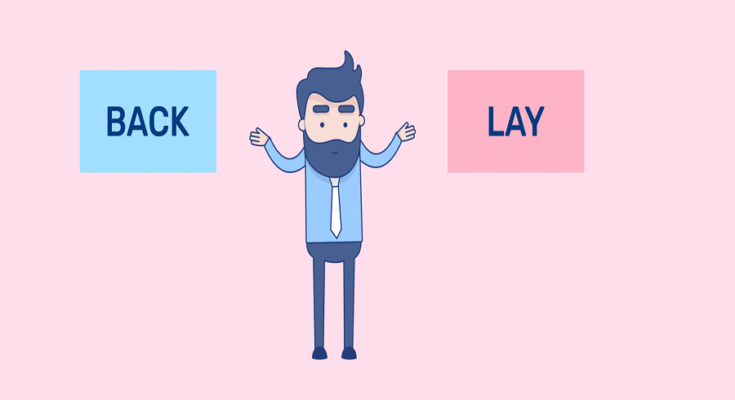In the world of sports betting and trading, there are various strategies and techniques that can be employed to maximise profits and manage risk. Among these, one of the most fundamental concepts to grasp is the distinction between “back” and “lay” betting. These terms are often used in the context of betting exchanges, and understanding them is crucial for success in the world of sports wagering. In this comprehensive guide, we will delve into the basics of back and lay betting, explaining how they work and their significance in the betting landscape.
Understanding Back Betting
Let’s start by unraveling the concept of back betting. This is perhaps the most conventional form of betting, and it’s the method that most people are familiar with. When you place a back bet, you are essentially betting on a specific outcome to occur. For instance, if you bet on a football team to win a match, you are backing that team. If your chosen team emerges victorious, your bet is successful, and you earn a profit based on the odds at which you placed the bet.
For example, if you place a $100 back bet on Team A to win a football match at odds of 2.0, you stand to make a profit of $100 if Team A indeed triumphs ($100 x 2.0 = $200, including your original stake).
Understanding Lay Betting
In contrast to back betting, lay betting involves betting against a particular outcome. When you place a lay bet, you are effectively taking on the role of the bookmaker. This means that you are betting on an event not happening. To illustrate, if you lay a tennis player to lose a match, you win your lay bet if that player indeed loses. However, if the player wins, you are obligated to pay out to the person who backed the player.
Using the same example as above, if you lay a $100 bet on Player B not to win a tennis match at odds of 3.0, you can earn a profit of $100 if Player B loses ($100 x 3.0 = $300), but you will need to pay out $200 (the original stake plus profit) if Player B wins.
The Role of Betting Exchanges
To engage in back and lay betting, you need a platform that facilitates this type of wagering, and this is where betting exchanges come into play. Betting exchanges are online platforms that connect individuals who want to back and lay bets. Lotus365 is the top online betting platform in India. People across India can easily get a betting id for Lotus365 ipl betting on this platform. These exchanges function as marketplaces where users can set their own odds and decide the amount they wish to stake. Two of the most popular betting exchanges are Betfair and Betdaq, which have gained significant popularity among sports bettors and traders.
Betting exchanges typically charge a commission on the net winnings of successful bets. This commission is how the exchanges generate revenue, as opposed to traditional bookmakers who profit from the margins they set in their odds.
Advantages of Back and Lay Betting
Enhanced Control:
Back and lay betting provide you with a higher level of control over your bets. You have the ability to set your own odds and determine the precise moments for entering or exiting a bet.
Risk Management:
Lay betting allows you to minimise risk by betting against outcomes you believe are improbable. This can be particularly advantageous in events with multiple potential outcomes, such as horse racing.
Arbitrage Opportunities:
Back and lay betting can create arbitrage opportunities where you can profit irrespective of the outcome, provided you locate the right odds.
Trading:
Betting exchanges enable you to trade your positions during an event, permitting you to lock in profits or limit potential losses.
Diversification:
Back and lay betting allow you to diversify your bets across different outcomes, reducing your reliance on a single event.
Better Odds:
Betting exchanges often offer better odds compared to traditional bookmakers, providing an advantage to astute bettors and traders.




